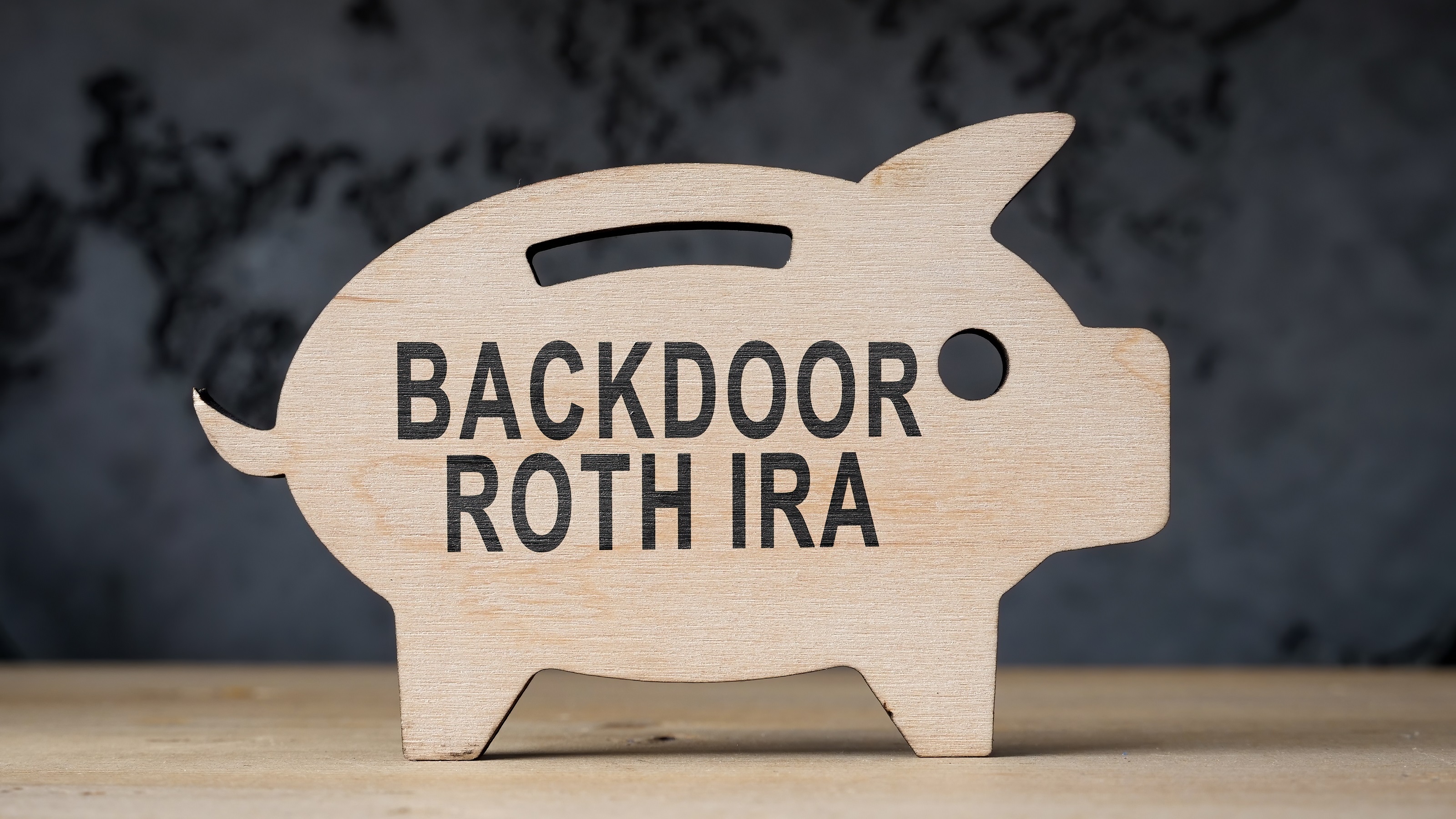Year-End Financial To-Do List
Follow these ten steps to improve your finances.

What should I do before the end of the year to help with my finances?
Here are ten ways to take advantage of tax breaks, financial strategies and opportunities to boost your savings by year-end.
1. Add more money to your 401(k). You can contribute up to $17,500 to your 401(k) for 2013 ($23,000 if you’re 50 or older or will be by the end of the year), and you have until December 31 to reach that limit. You can’t just add extra money into the account yourself; the pre-tax contributions must be made through payroll deduction. Ask your employer’s payroll department what steps you need to take to increase your contributions starting with your next December payday. Some employers also let you contribute a lump sum directly from a year-end bonus, before the money is paid and taxed. See How to Increase 401(k) Contributions for more information about giving your retirement plan a boost at the end of the year.

Sign up for Kiplinger’s Free E-Newsletters
Profit and prosper with the best of expert advice on investing, taxes, retirement, personal finance and more - straight to your e-mail.
Profit and prosper with the best of expert advice - straight to your e-mail.
2. Consider a Roth conversion. You have until December 31 to convert money from a traditional IRA to a Roth for 2013. You’ll pay taxes on the conversion, but you’ll be able to withdraw the money tax-free from the Roth in retirement. Making a Roth conversion is a particularly good idea if your income was lower in 2013 than in previous years. Ted Sarenski, a CPA and financial planner in Syracuse, N.Y., recommends looking at your income each year and calculating how much you could convert without bumping any of the money into the next tax bracket. Spreading your conversions over several years, especially after you retire, can help you avoid having to take big required minimum distributions after age 70½, which could trigger taxes on your Social Security benefits. If you convert and later change your mind because your tax situation changes -- say, because you lose your job before the tax bill is due next year or your investments lose money -- you have until October 15, 2014, to undo the conversion (called “recharacterization). “You have almost a whole year to look at it and see if you made the right move or not,” says Sarenski. If you do recharacterize, you’ll get the money back that you paid in taxes, and you can reconvert later, ideally with a lower tax bill. For more information about recharacterization, see Do-Over for a Roth Conversion. For more information about Roth conversion strategies, see The Complexities of Roth Conversions and our Roth IRA Special Report.
3. Take your required minimum distributions. If you’re older than 70½, you generally need to take required minimum distributions from traditional IRAs, 401(k)s and other retirement-savings plans by December 31 (except for the year you turn 70½, when you’re given a extension until April 1 to make your first withdrawal; also, you don’t need to take RMDs from your current employer’s 401(k) while you’re still working). If you miss the deadline, the penalties can be big -- see IRS Cracks Down on Retirees Who Don’t Take RMDs. If you haven’t taken your RMD yet, contact your administrator soon so you have plenty of time to meet the December 31 deadline. See Calculating Your Required Minimum Distributions and our Required Minimum Distribution Special Report for more information. Also keep in mind that people older than age 70½ can contribute up to $100,000 from their IRAs to charity this year, which counts as their RMD but doesn’t boost their adjusted gross income. See Tax-Free Transfers From IRAs to Charity Still Allowed for details.
4. Make the most tax-effective charitable gifts. Giving money to charity before the end of the year is a great way to boost your deductions if you itemize. You can deduct all kinds of charitable contributions, including cash, stock and non-cash donations, such as the cost of ingredients you buy for a soup kitchen. Some giving strategies can stretch the tax benefits even further. For example, if you have highly appreciated stock you were planning on selling, consider giving the stock to the charity instead of cash. That way, you get a deduction for the full amount, but you avoid paying capital-gains taxes on the increase in value since you’ve owned it. See Charities: Give Stocks Instead for details. For a few ideas of ways you can give, see Expand Your Options for Charitable Giving, How to Set Up a Scholarship Fund and Donor-Advised Funds: Contribute Now, Donate Later.
5. Make energy-efficient home improvements. If you haven’t claimed a tax credit of up to $500 in energy-efficient home improvements since 2006, you have until December 31 to do so. The break applies to 10% of the purchase price (not installation costs) of certain insulation materials, energy-efficient windows (which have a $200 limit), external doors and skylights, and roofing materials. You can count both materials and labor costs for certain energy-efficient central air conditioners, electric heat pumps, biomass stoves and water heaters powered by an electric heat pump (up to $300 each, with a maximum credit of $500), or up to $150 for an eligible natural gas, propane or oil furnace or hot water boiler. For more information, see Time Is Running Out on Energy-Efficient Home Improvement Tax Credits.
6. Check the deadline for cleaning out your flexible spending account. Until recently, many people had to deplete their FSAs by December 31 or lose whatever money was left in it. That meant December was a time of frantic spending as people raced to spend money at, say, the eye doctor or dentist. Recently, however, the U.S. Treasury Department and IRS changed the FSA rules to allow employers to let people carry over $500 in their FSAs from one year to the next (see Big Change to Flexible Spending Accounts for details). Some employers already offered a grace period until March 15, thanks to an earlier change in the rules by the IRS. But a few employers still require you to use the money by December 31 or lose it. In that case, now is a good time to order contact lenses, visit the eye doctor or dentist, buy new glasses or prescription sunglasses, or pay for other eligible medical expenses. See 7 Smart Uses for Your Flex Account Money for some more ideas.
7. Open a solo 401(k) for self-employment income. A solo 401(k) is one of the best ways for self-employed people to save for retirement. You can contribute up to $17,500 ($23,000 if you are 50 or older) plus up to 20% of your net self-employment income, up to a maximum contribution of $51,000 for 2013. You have until April 15, 2014, to make contributions for 2013, but you have to open the account by December 31 if you don’t already have one. See How the Self-Employed Can Save for Retirement for details. Self-employed people should also time their equipment purchases and other expenses carefully over the next few weeks to make the most of the deductions for 2013. See Last-Minute Tax Breaks for the Self-Employed and Moonlighters for details.
8. Contribute to a 529 college-savings plan. This strategy is a win-win: The beneficiary of the account (for instance, your child, grandchild or the child of a friend) can use the money tax-free for college tuition, room and board, and fees. Plus, in many states, you get a state income tax deduction for your contribution. Many 529 plans require you to make your contributions by December 31 to count for that tax year (although some give you until April 15 of the following year). For details, see SavingforCollege.com. Also see Tax Breaks for Grandparents Who Help With College Costs.
9. Buy health insurance on the exchanges. For coverage that takes effect on January 1, you must buy the policy before December 23 (the deadline was extended from December 15 because of the problems with HealthCare.gov). If your income is below 400% of the federal poverty level -- about $46,000 for an individual and $94,000 for a family of four -- you may qualify for a subsidy to help with the premiums. See Calculating the Health Insurance Subsidy for details. After a very rocky start, HealthCare.gov is working better, and many states that run their own exchanges have improved their Web sites, too. See Navigating Around the Obamacare Sign-Up Problems for more ways to sign up for coverage.
10. Take advantage of other tax breaks. If you were planning to sell stocks soon, pulling the trigger before December could make a difference in your tax bill. See 4 Year-End Moves to Trim Your 2013 Tax Bill and 12 Smart Tax Moves to Make Now for more information about timing your capital gains and losses and other tax moves to make before New Year’s Eve.
Get Kiplinger Today newsletter — free
Profit and prosper with the best of Kiplinger's advice on investing, taxes, retirement, personal finance and much more. Delivered daily. Enter your email in the box and click Sign Me Up.

As the "Ask Kim" columnist for Kiplinger's Personal Finance, Lankford receives hundreds of personal finance questions from readers every month. She is the author of Rescue Your Financial Life (McGraw-Hill, 2003), The Insurance Maze: How You Can Save Money on Insurance -- and Still Get the Coverage You Need (Kaplan, 2006), Kiplinger's Ask Kim for Money Smart Solutions (Kaplan, 2007) and The Kiplinger/BBB Personal Finance Guide for Military Families. She is frequently featured as a financial expert on television and radio, including NBC's Today Show, CNN, CNBC and National Public Radio.
-
 Stock Market Today: Stocks Gain on Tech, Auto Tariff Talk
Stock Market Today: Stocks Gain on Tech, Auto Tariff TalkThe Trump administration said late Friday that it will temporarily halt tariffs on some Chinese tech imports.
By Karee Venema
-
 Sam's Club Plans Aggressive Expansion: Discover Its New Locations
Sam's Club Plans Aggressive Expansion: Discover Its New LocationsSam's Club expansion plans will open up to 15 new stores each year. Learn where they plan to open in 2025.
By Sean Jackson
-
 What Does Medicare Not Cover? Eight Things You Should Know
What Does Medicare Not Cover? Eight Things You Should KnowHealthy Living on a Budget Medicare Part A and Part B leave gaps in your healthcare coverage. But Medicare Advantage has problems, too.
By Donna LeValley
-
 How to Benefit From Rising Interest Rates
How to Benefit From Rising Interest RatesFinancial Planning Savers will get the best rates from top-yielding savings and money market deposit accounts at online banks.
By Rivan V. Stinson
-
 Donor-Advised Funds: The Gift That Keeps on Giving
Donor-Advised Funds: The Gift That Keeps on GivingFinancial Planning Expert guidance on how this charitable vehicle can make a difference.
By Emma Patch
-
 PODCAST: Tax Breaks for College Finance with Kalman Chany
PODCAST: Tax Breaks for College Finance with Kalman ChanyPaying for College Paying for (ever-pricier) college is a challenge that this consultant meets head on with highly specific guidance.
By David Muhlbaum
-
 Reading, Writing, and Personal Finance
Reading, Writing, and Personal FinanceRaising Money-Smart Kids A growing number of high schools are adding personal finance to their curriculum.
By Sandra Block
-
 Backdoor Roth IRAs: Good for Wealthy Retirees?
Backdoor Roth IRAs: Good for Wealthy Retirees?Financial Planning A backdoor Roth IRA is a tax loophole that enables wealthier individuals to earn tax-free income. But it's complicated.
By David Rodeck
-
 PODCAST: This Couple Tackles Love and Money as a Team
PODCAST: This Couple Tackles Love and Money as a TeamGetting Married Fyooz Financial, the husband and wife team of Dan and Natalie Slagle, have carved out a niche advising other couples with the money questions that come with pairing up. Also, where is this troubled stock market headed?
By David Muhlbaum
-
 ABLE Accounts Give Disabled More Financial Freedom
ABLE Accounts Give Disabled More Financial FreedomFinancial Planning People with disabilities, and their families, can save for a variety of expenses in these tax-advantaged accounts.
By Emma Patch